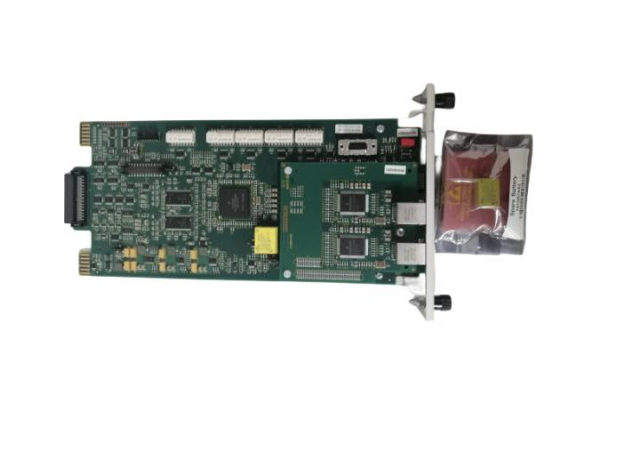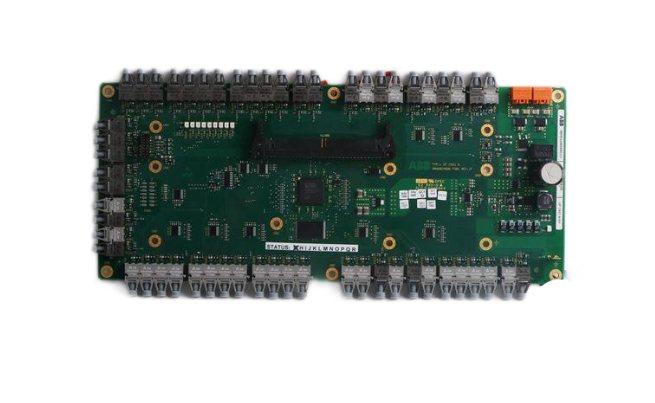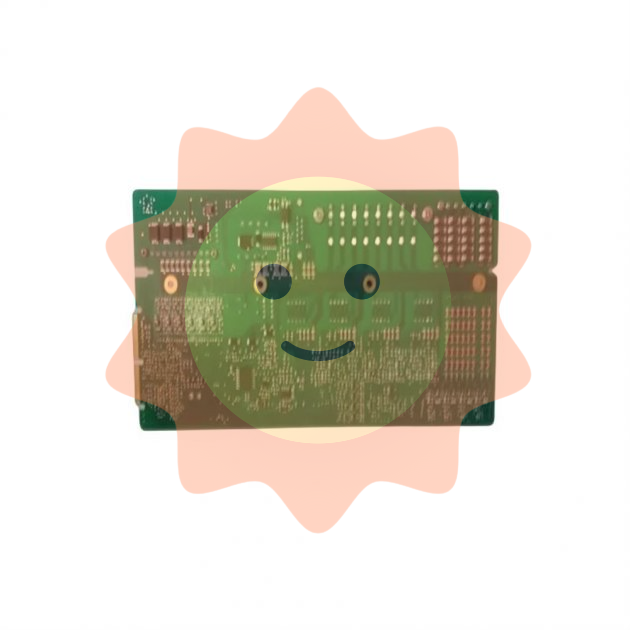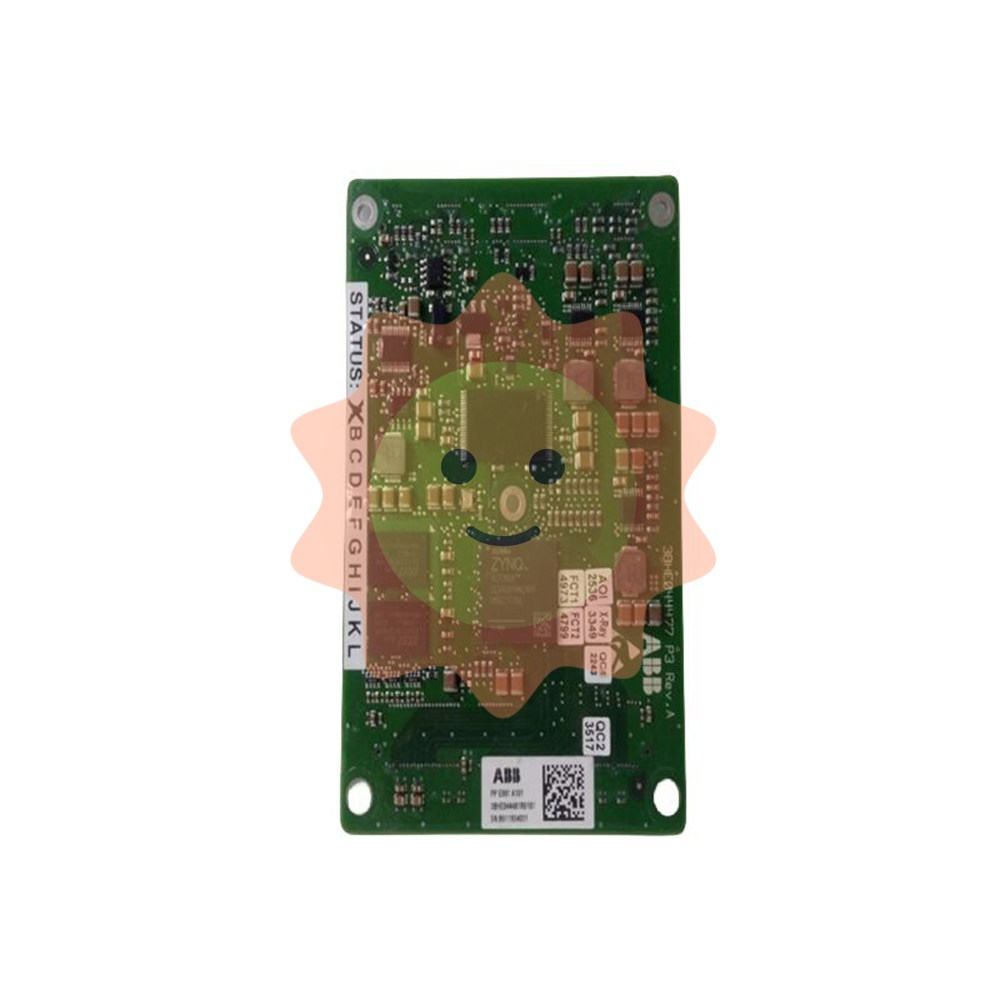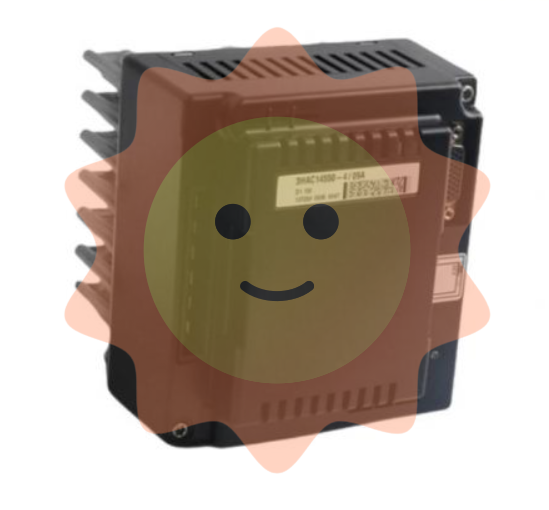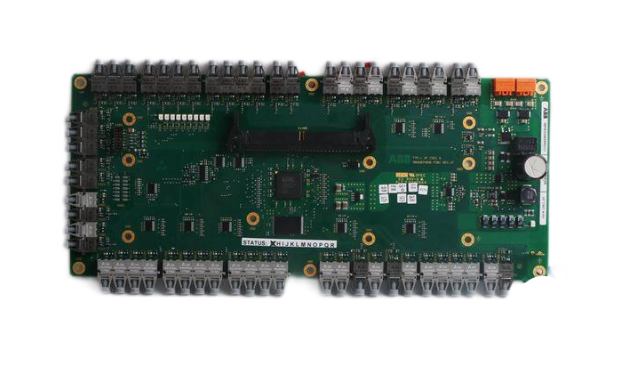What is the history of wastewater treatment technology?
3) Development of AB method
AB process is short for adsorption/biodegradation process. This sewage biological treatment technology was developed by Professor BothoBohnke of RWTH Aachen University in Germany in order to solve the problems of the removal of refractory organic matter, low efficiency of nitrogen and phosphorus removal and high investment and operating costs in the traditional two-stage biological treatment system, based on a large number of studies on the two-stage activated sludge method and high-load activated sludge method. A new biological wastewater treatment process developed in the mid-1970s and applied to engineering practice in the 1980s.
The research and application of AB process in our country have experienced three stages. Firstly, the characteristics, operation mechanism and stability of AB process are reported and studied in detail. Secondly, more units have conducted a certain scale of experimental research on the treatment of municipal sewage and industrial wastewater by AB process. Third, some domestic urban sewage treatment plants (such as Qingdao Haipohe sewage treatment plant in Shandong province, Tai 'an sewage treatment plant, Xinjiang Urumqi Hedong sewage treatment plant, etc.) have built AB treatment plants of considerable treatment scale on the basis of the introduction of German AB process technology.

Compared with traditional activated sludge process, AB process has obvious advantages in treatment efficiency, operation stability, project investment and operation cost.
4) Development of A/A/O series
In the mid-1970s, Spector in the United States found that the alternating cycle of anaerobic/aerobic (Ap/O) states could not only effectively prevent the expansion of activated sludge filamentous bacteria, improve the settling performance of sludge, but also significantly enhance the effect of phosphorus removal.
- EMERSON
- Honeywell
- CTI
- Rolls-Royce
- General Electric
- Woodward
- Yaskawa
- xYCOM
- Motorola
- Siemens
- Rockwell
- ABB
- B&R
- HIMA
- Construction site
- electricity
- Automobile market
- PLC
- DCS
- Motor drivers
- VSD
- Implications
- cement
- CO2
- CEM
- methane
- Artificial intelligence
- Titanic
- Solar energy
- Hydrogen fuel cell
- Hydrogen and fuel cells
- Hydrogen and oxygen fuel cells
- tyre
- Chemical fiber
- dynamo
- corpuscle
- Pulp and paper
- printing
- fossil
- FANUC
- Food and beverage
- Life science
- Sewage treatment
- Personal care
- electricity
- boats
- infrastructure
- Automobile industry
- metallurgy
- Nuclear power generation
- Geothermal power generation
- Water and wastewater
- Infrastructure construction
- Mine hazard
- steel
- papermaking
- Natural gas industry
- Infrastructure construction
- Power and energy
- Rubber and plastic
- Renewable energy
- pharmacy
- mining
- Plastic industry
- Schneider
- Kongsberg
- NI
- Wind energy
- International petroleum
- International new energy network
- gas
- WATLOW
- ProSoft
- SEW
- wind
- ADVANCED
- Reliance
- YOKOGAWA
- TRICONEX
- FOXBORO
- METSO
- MAN
- Advantest
- ADVANCED
- ALSTOM
- Control Wave
- AB
- AMAT
- STUDER
- KONGSBERG
- MOTOROLA
- DANAHER MOTION
- Bently
- Galil
- EATON
- MOLEX
- Triconex
- DEIF
- B&W
- ZYGO
- Aerotech
- DANFOSS
- KOLLMORGEN
- Beijer
- Endress+Hauser
- MOOG
- KB
- Moxa
- Rexroth


Email:wang@kongjiangauto.com


